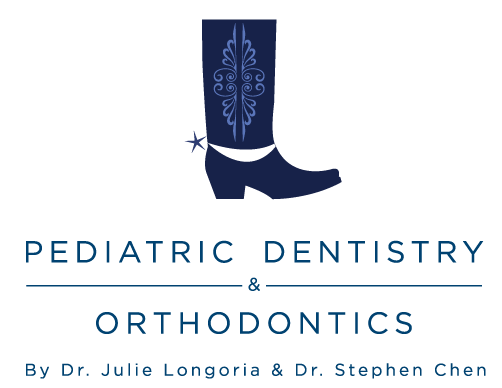If your child’s teeth teeth are not in the correct position when the mouth is closed it’s called a dental malocclusion. This common condition can be painful. Braces for children can prevent an irregular bite. If a misaligned bite already exists, the risk for cavities increases. Luckily, a pediatric orthodontist can correct a bite that’s misaligned.
If you want to know if your child needs braces, look for the following signs:
Teeth That Aren’t Straight
Children who have teeth that are crooked or teeth that overlap should be seen by an orthodontist. When the mouth is small, the teeth can be forced out of line. Since braces straighten teeth, your child needs to see an orthodontist.
An Extended Period of Thumb Sucking
If your child is four years old and is still thumb sucking, permanent damage to the teeth may have occurred. This damage can raise the risk for misalignment of the teeth. A longtime thumb sucker should be seen by a pediatric orthodontist without delay and examined for malocclusions.
Spaces
It’s time to take your child to a pediatric orthodontist when you see gaps between your little one’s teeth. These spaces often result from thumb sucking. The force created by this habit can cause the teeth to shift. Spaced teeth (a condition also called diastema) can also develop when the teeth are not big enough for the bone in the jaw. Braces can help move the teeth together and eliminate the gaps between them.
An Overbite
An overbite exists when the top teeth extend over the bottom teeth in an abnormal way. It’s a problem that is sometimes caused by thumb sucking or a large upper jaw bone.
An Underbite
An underbite occurs when the bottom teeth overlap the top teeth, and it can be caused by thumb sucking. If your child has an underbite, chewing can be difficult and pain can manifest. Don’t wait for the pain to worsen before taking your child to the dentist.
Mouth Breathing
A nasal obstruction can cause mouth breathing. So can allergies, large tonsils, an irregularly shaped jaw, and an unusual jaw size. Breathing through the mouth can move the teeth and cause malocclusion. It can also change the shape of the face and the position of the tongue. This change of position of the tongue can force the bottom teeth forward. Malocclusion can cause mouth breathing. Make an appointment with an orthodontist right away if you see your child breathing through the mouth. Braces will correct the problem.
Oral Discomfort
Mouth pain can result from jaw problems and crooked teeth. Misalignment of the teeth can cause uneven distribution of the bite force, and this can be uncomfortable or painful. If oral pain is bothering your child, braces are needed.
Jaw Clicking
The sound of your child’s jaw clicking is your signal to go to the orthodontist with your little one. Pain and this sound can indicate a temporomandibular joint disorder. Braces can be used to correct jaw problems and protect your child from developing temporomandibular joint disorder.
Biting the Cheeks
Abnormal jaw alignment can cause cheek biting. Cheek biting could result in injury and infection.
When You Get Braces for Your Child You Make a Wise Investment
It’s important that you find out if braces are needed by the time your child is seven years old. Dental problems such as the ones mentioned above can cause pain and discomfort. Contact us to invest in your child’s oral health and find out more about orthodontics for children.


